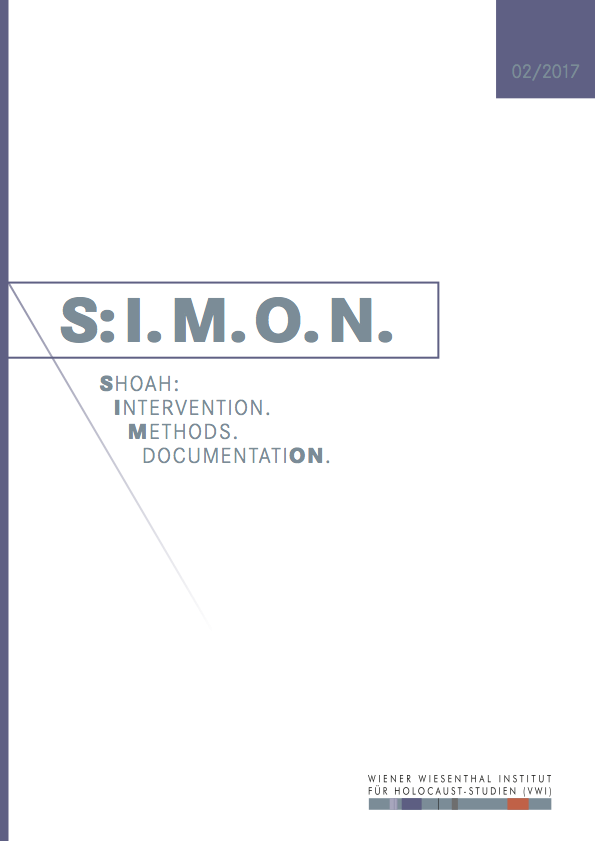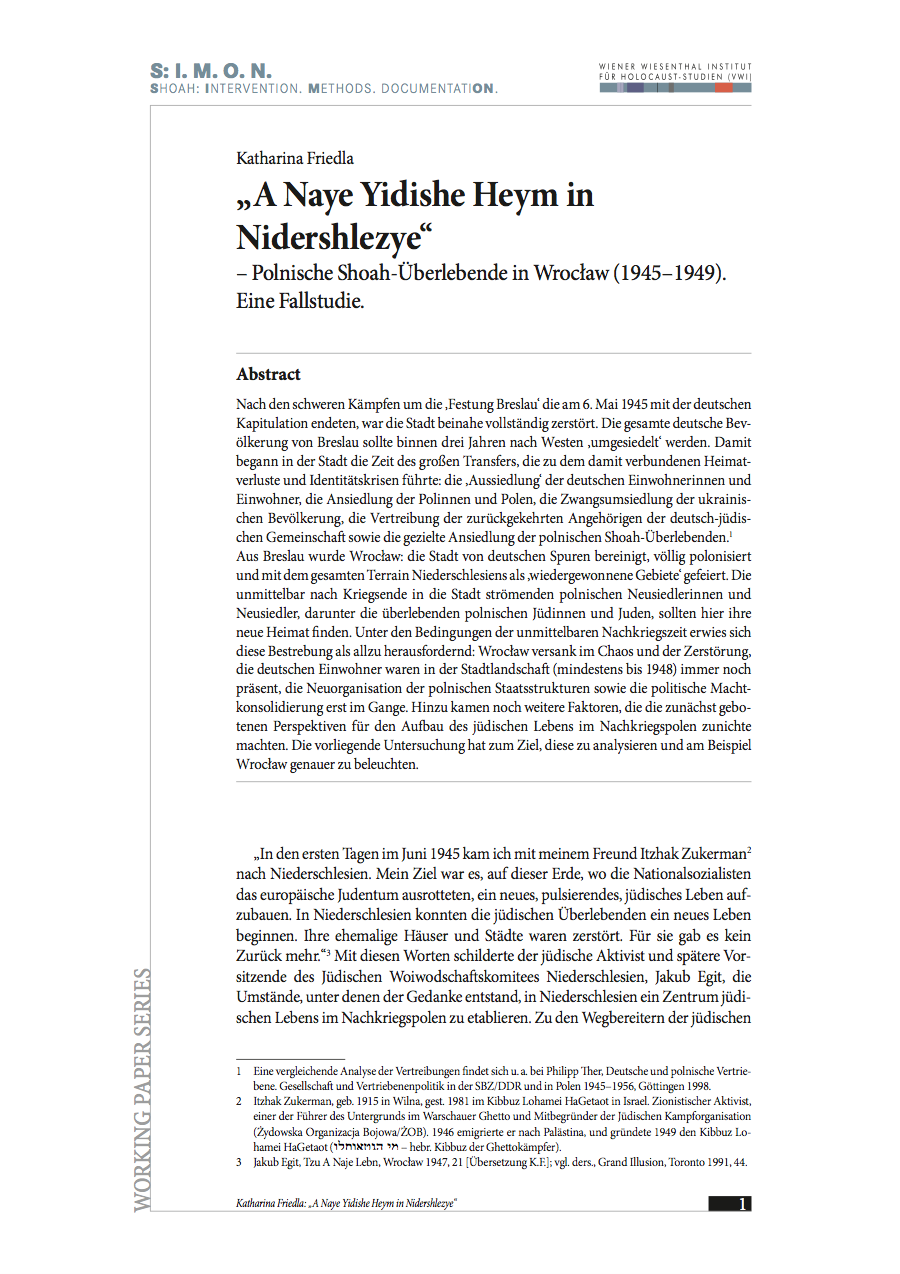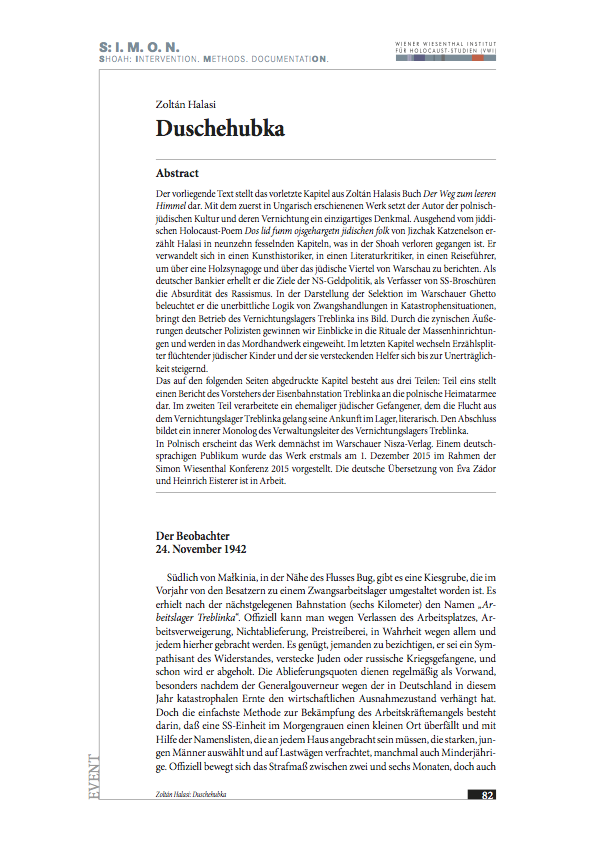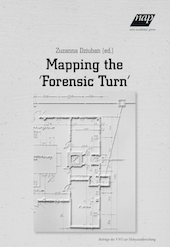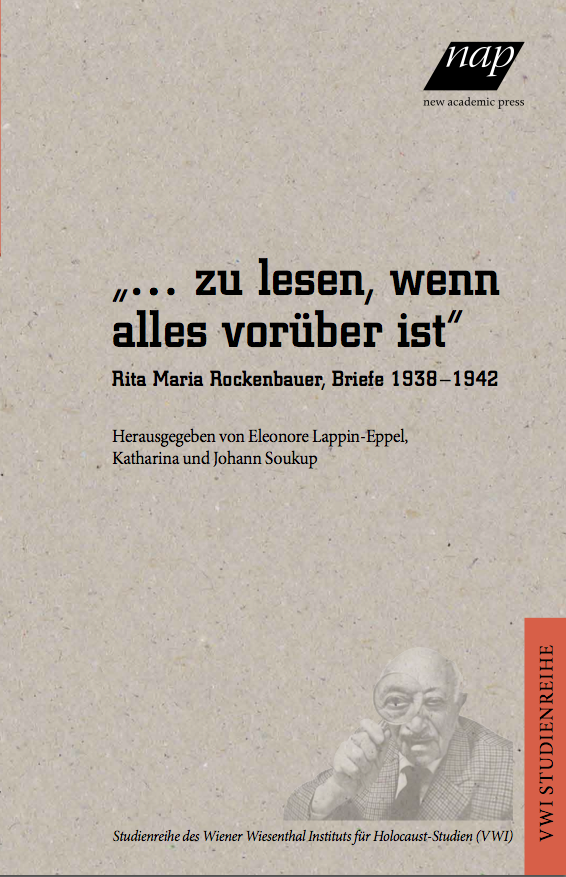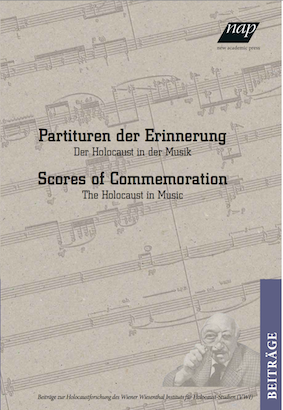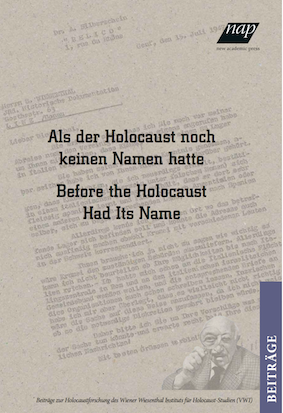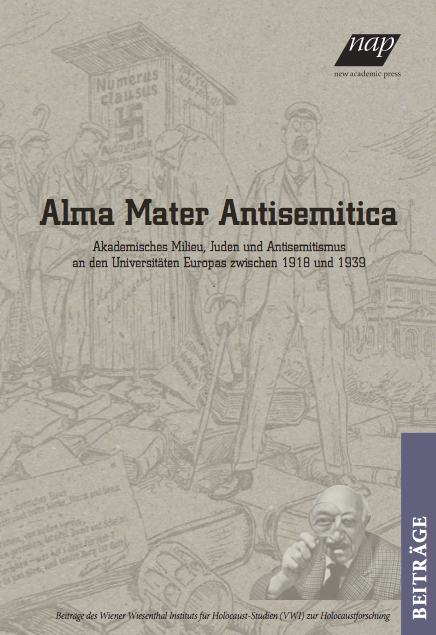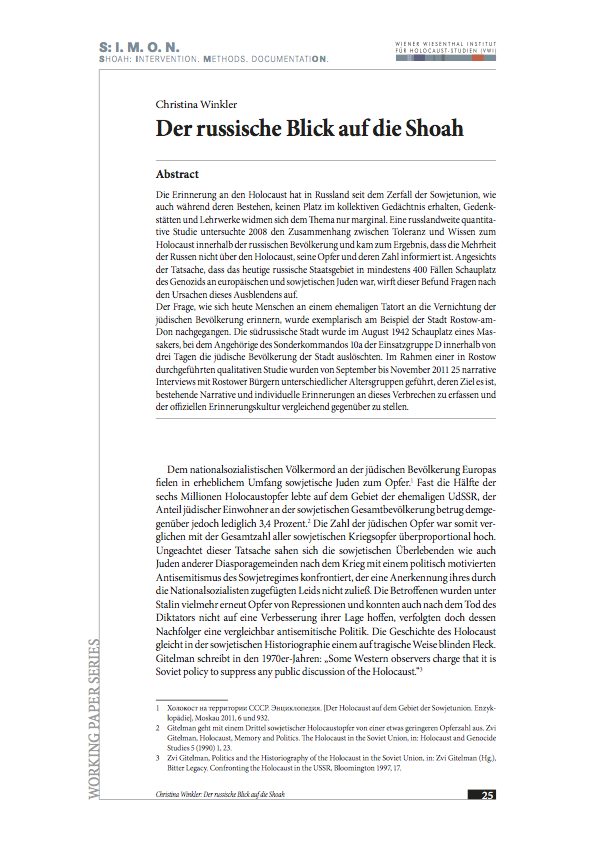 Both during the Soviet era and after its collapse, there has been no room for Holocaust remembrance in Russia's collective memory; memorials and textbooks only marginally touch on the topic. In 2008, quantitative research across Russia investigated the relationship between tolerance and Holocaust knowledge within the Russian population and concluded that the majority of Russians were not aware of the Holocaust, its victims and their numbers. Considering the fact that the current territory of Russia includes at least 400 sites of perpetration of the genocide of European and Soviet Jews, these results urge the question of the causes for this suppression.
Both during the Soviet era and after its collapse, there has been no room for Holocaust remembrance in Russia's collective memory; memorials and textbooks only marginally touch on the topic. In 2008, quantitative research across Russia investigated the relationship between tolerance and Holocaust knowledge within the Russian population and concluded that the majority of Russians were not aware of the Holocaust, its victims and their numbers. Considering the fact that the current territory of Russia includes at least 400 sites of perpetration of the genocide of European and Soviet Jews, these results urge the question of the causes for this suppression.
The city of Rostov-on-Don served as an example in order to address the question of how people now remember the former site of the extermination of the Jewish population. This southern Russian city became the site of a massacre in August 1942, when members of the special commando 10a, part of Einsatzgruppe D annihilated the Jewish population of the city within three days. In the context of qualitative research undertaken in Rostov, 25 narrative interviews were conducted with citizens of Rostov from a range of age groups between September and November 2011. It was the aim of the interviews to record the existing narrative and individual memories of this crime and to compare and contrast these with the official culture of remembrance.


